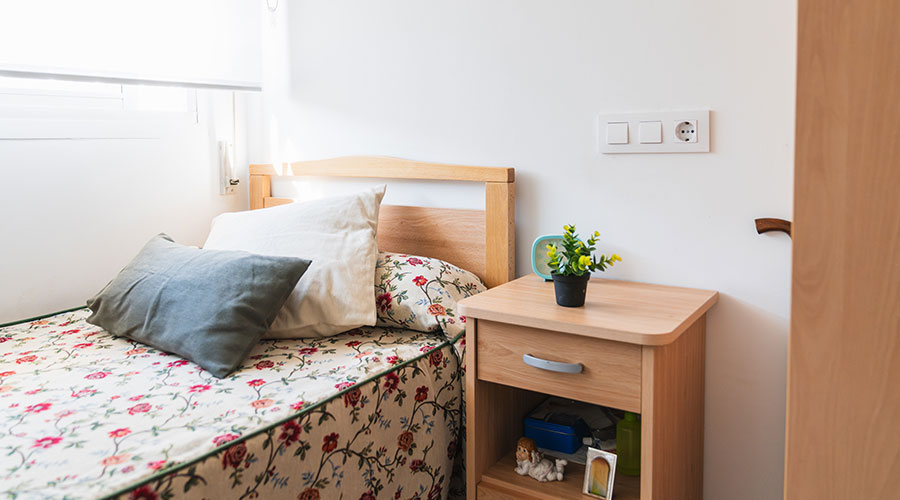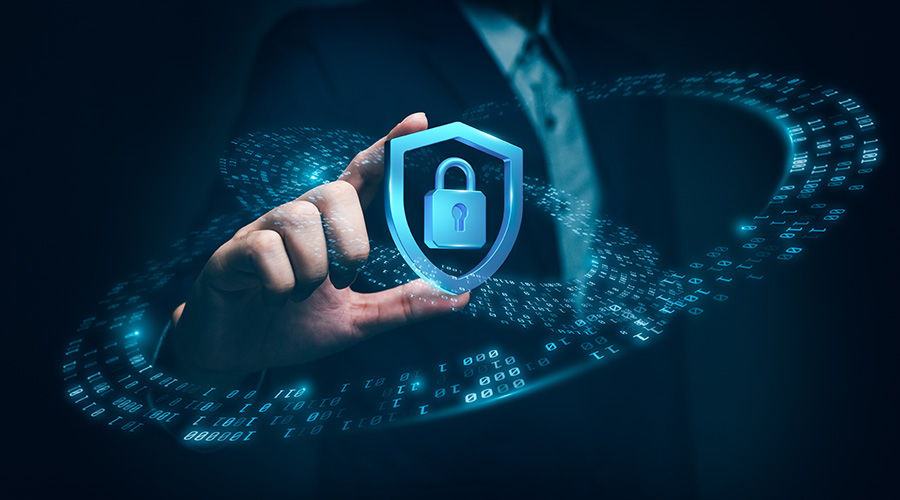Moving into a senior care facility can be met with some resistance. Some seniors may be in denial of their physical condition, or they don’t want to leave their own long-term home. Either way, some people aren’t happy about entering their new community.
To help ease the transition, managers can allow residents to personalize their spaces. One way to do this, is with furniture selection. Healthcare Facilities Today Recent spoke with Laurel Tommarello, project manager & interior designer, Kolano Design on how furniture can help create a sense of community within senior care facilities.
HFT: How does furniture selection contribute to a sense of community and social interaction among residents?
Laurel Tommarello: Furniture should be thoughtfully selected to promote inclusivity and ensure accessibility for all residents, regardless of their abilities. A cohesive furniture design prevents unintentional barriers, fostering a sense of unity and belonging. For example, wheelchair-accessible tables and seating with higher seat heights ensure that all residents can comfortably use shared spaces. This approach not only enhances functionality but also cultivates a welcoming community where residents can engage, interact, and feel equally included. Scale of chairs should vary as well to allow residents to find a chair that fits their needs. Some residents will need a chair that has a higher and firmer seat, is smaller scale, and has a more up-right chair while others may need a chair with more a larger seat. Smaller seat grouping will also assist those who have hearing loss by allowing their companion to sit closer to them.
Related Content: Destigmatizing Senior Living Communities Through Design
HFT: How do you balance cost-effectiveness with quality and durability?
Tommarello: You balance cost-effectiveness with quality and durability by focusing on essential features within each area. In high-traffic areas (dining rooms, lounges, activity spaces) you’ll want to focus on higher-quality/more durable pieces with a higher level of design. In less-used areas (offices, outdoor spaces, private rooms), you can select less expensive and simpler pieces. Maintenance should always be considered; something at a lower cost up-front, may require higher costing in maintenance over time.
HFT: How do you future-proof furniture choices for changing resident needs?
Tommarello: While predicting future resident needs is impossible, prioritizing adaptability and flexibility in furniture selection can help. Choose reconfigurable, adjustable, and multi-purpose pieces to accommodate varying resident populations and activities. Opt for furniture with replaceable components like upholstery and casters for easy repair and modification. Avoid built-in technology, which can quickly become obsolete. Stay informed about advancements in healthcare furniture and finishes, and partner with experts to make informed decisions.
Mackenna Moralez is the associate editor of the facilities market and the host of the Facilities in Focus podcast.

 Joint Commission Standards: What Updates Matter Most?
Joint Commission Standards: What Updates Matter Most? Swinerton Completes Construction at Atlanta's Grady Hospital
Swinerton Completes Construction at Atlanta's Grady Hospital NY Governor Hochul Announces $300M in Funds for IT and Cybersecurity
NY Governor Hochul Announces $300M in Funds for IT and Cybersecurity Healthcare Is the New Retail
Healthcare Is the New Retail Bridgeway Behavioral Health Services Launches Campaign to Renovate Health Center
Bridgeway Behavioral Health Services Launches Campaign to Renovate Health Center